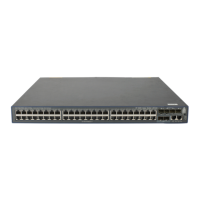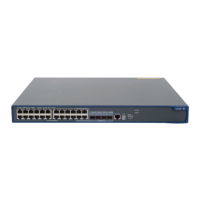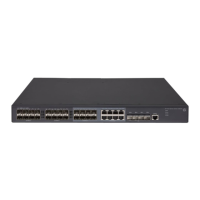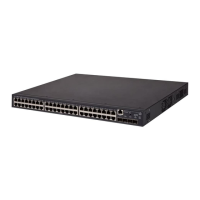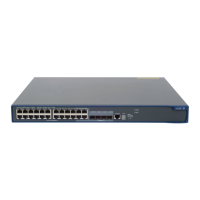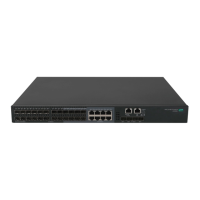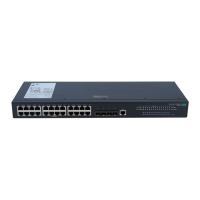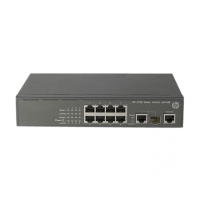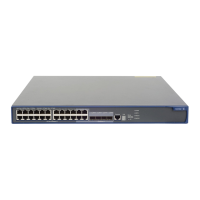188
Tasks at a
lance
Remarks
(Optional.) Controlling BGP path selection:
• Specifying a preferred value for routes received
• Configuring preferences for BGP routes
• Configuring the default local preference
• Configuring the MED attribute
• Configuring the NEXT_HOP attribute
• Configuring the AS_PATH attribute
N/A
(Optional.) Tuning and optimizing BGP networks:
• Configuring the keepalive interval and hold time
• Configuring the interval for sending updates for the same route
• Enabling BGP to establish an EBGP session over multiple hops
• Enabling immediate reestablishment of direct EBGP connections upon link failure
• Enabling 4-byte AS number suppression
• Enabling MD5 authentication for BGP peers
• Configuring BGP load balancing
• Configuring IPsec for IPv6 BGP
• Configuring BGP soft-reset
• Protecting an EBGP peer when memory usage reaches level 2 threshold
N/A
(Optional.) Configuring a large-scale BGP network:
• Configuring BGP community
• Configuring BGP route reflection
• Configuring a BGP confederation
N/A
(Optional.) Configuring BGP GR N/A
(Optional.) Enabling SNMP notifications for BGP N/A
(Optional.) Enabling logging of session state changes N/A
(Optional.) Configuring BFD for BGP N/A
Configuring basic BGP
This section describes the basic settings required for a BGP network to run.
Enabling BGP
A router ID is the unique identifier of a BGP router in an AS.
• To ensure the uniqueness of a router ID and enhance availability, specify in BGP view the IP address
of a local loopback interface as the router ID.
• If no router ID is specified in BGP view, the global router ID is used.
• To modify a non-zero router ID of BGP, use the router-id command in BGP view, rather than the
router id command in system view.
• If you specify a router ID in BGP view and then remove the interface that owns the router ID, the
router does not select a new router ID. To select a new router ID, use the undo router-id command
in BGP view.
